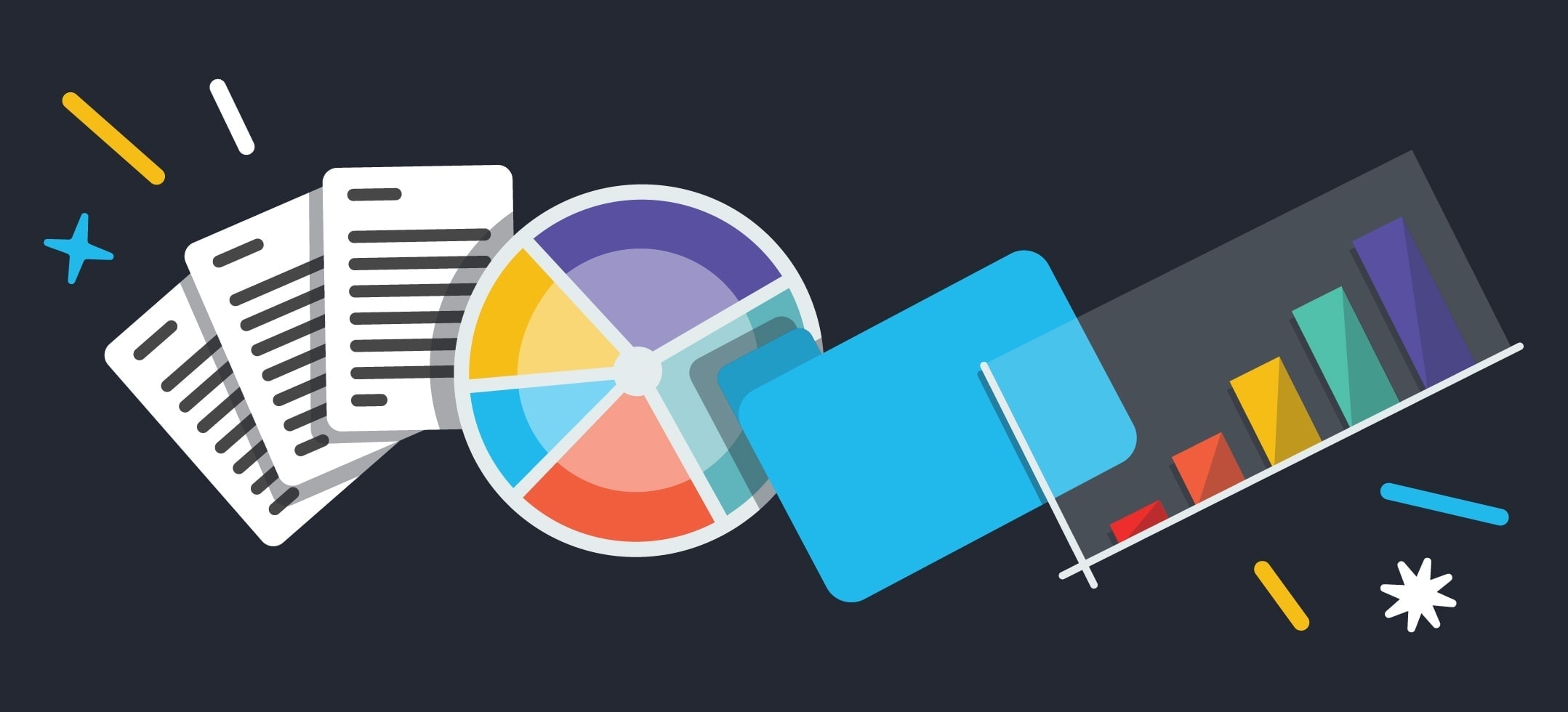
How to Make a Business Plan for an Online Business
Do you need a business plan for your online business?
The answer is yes!
Most businesses benefit from having some kind of business plan, so an online business plan counts, too. But, it usually doesn’t have to include the same things that traditional business plans cover, and it likely will also include additional things that don’t apply to brick-and-mortar businesses.
Online business plans are a bit of a different ball game, so that’s what this post will help you out with—how to create a business plan for your online business.
Let’s create an online business plan!
Table of Contents
- What is an Online Business Plan
- When to Create a Business Plan
- How to Create an Online Business Plan
- Do I Need a Business Plan for an Online Business?
- What to Include in Your Online Business Plan
- Your Business’ Essentials
- Your Product & Niche Information
- Your Business Model
- Your Product Acquisition Methods
- Your Costs & Pricing
- Your Competitive Analysis
- Your Customer Personas
- Your Branding Assets
- Your Unique Value Proposition
- Your Consumer Channels
- Your Store Build Information
- Your Marketing Strategies
What is an Online Business Plan
First things first, what is a business plan, and what is a business plan for an online business?
A business plan is a document that details a business’ important information and its future projections. A business plan should include factual information like a business’ name, URL, and operational costs, but also qualitative research like the business’ strengths and weaknesses and fictitious customer personas.
A business plan acts as a record of a business’ information so it can be easily referenced at any point in the business’ lifetime and it also acts as a blueprint of the path the business wants to take. Business plans are not only used by the founders of the business, but also by business partners, investors, and if the business is ever sold, it will likely be referenced during the sales process or post-purchase.
An online business plan is a business plan designed specifically for online businesses. Since many businesses nowadays exist solely online and don’t have a brick-and-mortar location, merchants need to design their business plan to suit their digital business. A lot of the general sections of the business plan stay the same, however, there are some differences.
How Online Business Plans Differ from Traditional Business Plans
The main differences between business plans for traditional brick-and-mortar businesses and business plans for online businesses are this:
- It Includes the Business’ Digital Locations: Instead of marking down the business’ physical address, the business plan includes the digital locations where the business can be found online including its domain name, URL, and social handles.
- There’s a Global Competitive Analysis: Businesses with a physical location may only compare themselves to their local competitors, however, online businesses essentially compete against global competitors as well as local competitors because the online ecommerce world virtually has no borders. Online businesses can generally serve customers from all over the world, so global competitors in a business’ niche become their direct competition. In a business plan, this will be addressed in the competitive analysis section.
- There are Digital-Related Product Strengths & Weaknesses: Since online businesses may sell digital products or they may send out digital materials like emails and digital receipts, their business plan may discuss digital-related product strengths and weaknesses that brick-and-mortar businesses won’t experience.
- You’ll See Lower Barriers to Entry: To get started, online businesses don’t usually need physical infrastructures like a building or an office—it’s all online. This means that the business’ set-up costs and launch costs may look a lot lower in an online business plan as opposed to a business plan for a brick-and-mortar business.
- You’ll See Different Store-Building Costs: The operating costs for digital businesses, in general, will look a lot different in an online business plan, too. While brick-and-mortar businesses factor expenses like heating, electricity, and water into their business’ running costs, an online business will factor monthly ecommerce platform costs and app costs into their business plan instead.
- Their Marketing Strategies Will Likely Look Different: Online businesses will be more likely to have robust digital marketing strategies—like social media marketing—in their business plan while brick-and-mortar businesses may focus more on more traditional methods like print advertisements, word-of-mouth marketing, and local foot traffic.
When to Create a Business Plan
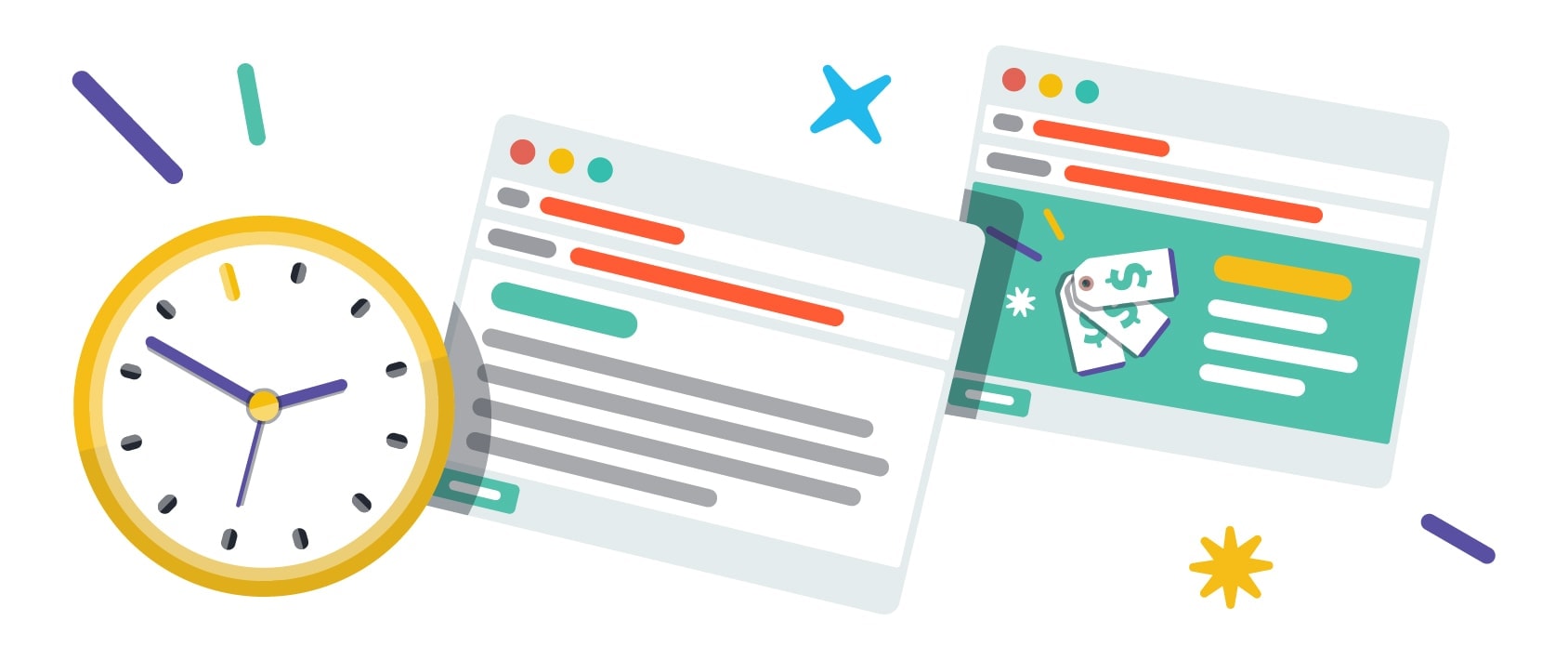
You can create a business plan at any point in your business-building process. It’s usually best to do it at the very beginning though so you have a roadmap leading you where you want to go, but if you’ve already started your business in some capacity and you didn’t create one at the beginning, you can still create a business plan too!
Business plans really just help guide the next steps of your business, no matter where your business is currently at. Plus, some aspects of your business plan will change as your business evolves over time so it can be a living document that gets updated as your business progresses if that’s something you want to do.
How to Create an Online Business Plan
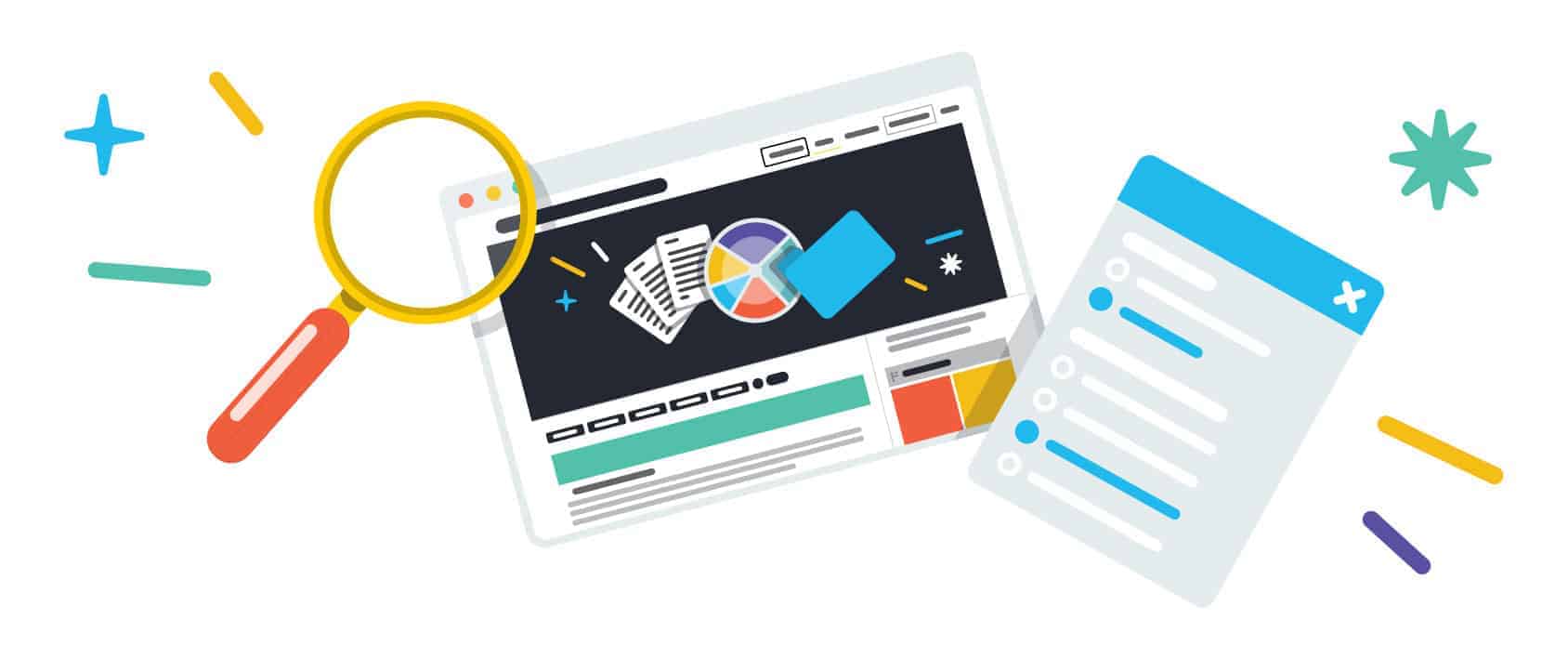
Creating a business plan is pretty simple, you can make one in whatever word processor you’re most comfortable with, such as Google Docs, Microsoft Word, Apple Pages, Evernote, or Bear App. You could even use Airtable or Google Sheets if you prefer to work with spreadsheets.
Your business plan doesn’t have to be particularly fancy, it mostly just has to be organized. Create clear headings and sub-headings for each section and make sure to write clearly and concisely. Ideally, your business plan shouldn’t be too big of a document—you want it to be thorough but easy to read and to skim.
Do I Need a Business Plan for an Online Business?
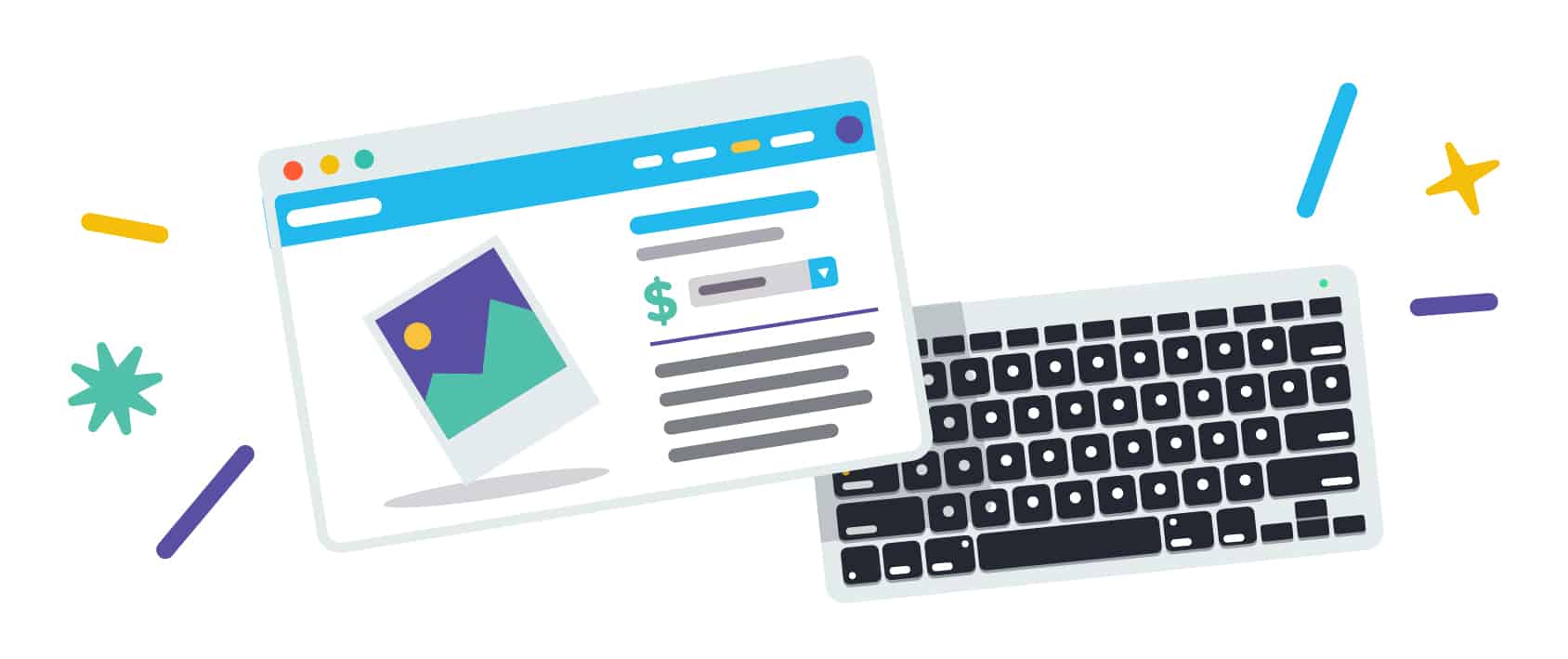
The answer is yes! All businesses can benefit from having a business plan, whether you’re starting an online business, a brick-and-mortar business, or even a business that does both.
If you’re starting an online business, your business plan will act as a record of your business’ important information and you can include plans and projections for the future which can help you to stay on track.
A lot of ecommerce entrepreneurs struggle with accountability, goal-setting, and staying on track when it comes to building, launching, and growing an online business, so having an online business plan can give you a greater chance at long term success.
As mentioned in the previous section, our One Page Ecommerce Business Plan worksheet and ebook has been created specifically for online businesses, so if you’re struggling to make traditional business plan templates work for your digital business, it can be your solution.
What to Include in Your Online Business Plan
Ready to actually make a business plan for your online business? The following are the sections you’ll want to include in it plus some information about why it’s important to have in your business plan.
Create a heading for each of these sections in your business plan document and note down the necessary information as it pertains to your business. Or, if you’re using the One Page Business Plan, simply fill in the digital worksheet.
Your Business’ Essentials
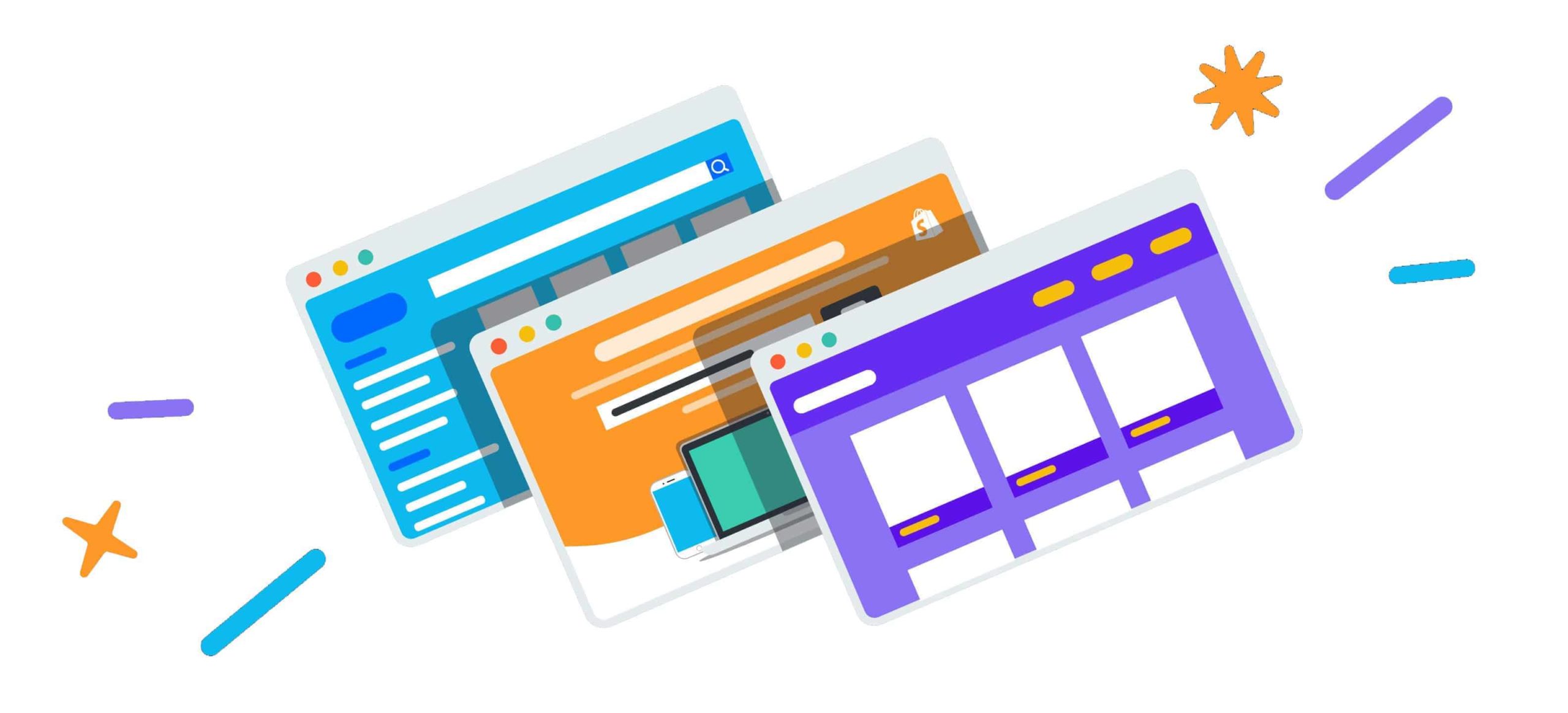
First things first, your business plan should start off with the basics:
- Your business name
- Your domain name
- Your social handles
These are fundamental parts of your brand that you need to know before you move onto planning pretty much any other part of your business because your choices here will impact everything else.
Business Name
Choosing a business name can be tough—often it’s the first sticking points for most entrepreneurs—and that makes sense because it’s such an important part of any business.
If you’re still deciding on your business name, check out our blog post here on how to come up with a business name for useful tips to help guide you in the right direction. Don’t get so caught up in choosing the perfect name that it delays you from actually starting your business, though. You don’t want to be stuck on the first step for too long!
Domain Name
Every online business needs a domain name so add it to your online business plan just so it’s recorded with everything else about your business.
Here are a few tips for picking a good domain name:
- Keep it short so it’s easier for your customers to remember
- Make sure it’s easy to spell (again, so customers can remember it)
- Refrain from using dashes, hyphens or numbers as they can make your URL seem spammy or unprofessional
- Try to use a common top-level domain like .com, .ca, .net, or .store (.Store Domains Review). The domain name you want might not be available with the top-level domain that you want, but try to get something that works for your business
- Opt-in for WhoIs protection when you purchase your domain so you can protect your personal information
- When you purchase your domain, also opt-in for automatic yearly renewals so you don’t ever lose ownership of your domain (if you do lose ownership, someone else could purchase it meaning you wouldn’t be able to use it anymore)
When it comes to actually purchasing your domain, you can use domain registrars like Namecheap or Hover—or, if you’re setting up a Shopify store (Shopify Review), you can purchase a domain through them.
Social Handles
Your social channels are likely going to be an important part of your business’ identity, so add them to your business plan to keep them organized and in one place. If you’re lucky, all your social handles can be the same, however, depending on the availability on each platform, you might not be able to get your brand name on every single social platform.
Whichever platforms you do choose to be on though, make sure you list them as well as your handle on your business plan.
Here are some of the social platforms you might want to register your business on (you can choose to register on all of them, even if you don’t plan to post on some of them, just to ensure that you “own” the handle should you ever decide to use the platform for your brand):
- YouTube
- TikTok
- Snapchat
- Twitch
We also recommend getting your social handles as soon as you decide on the name for your business so you have the best possible chance at getting the exact handle name you want. The sooner you register, the better!
Your Product & Niche Information
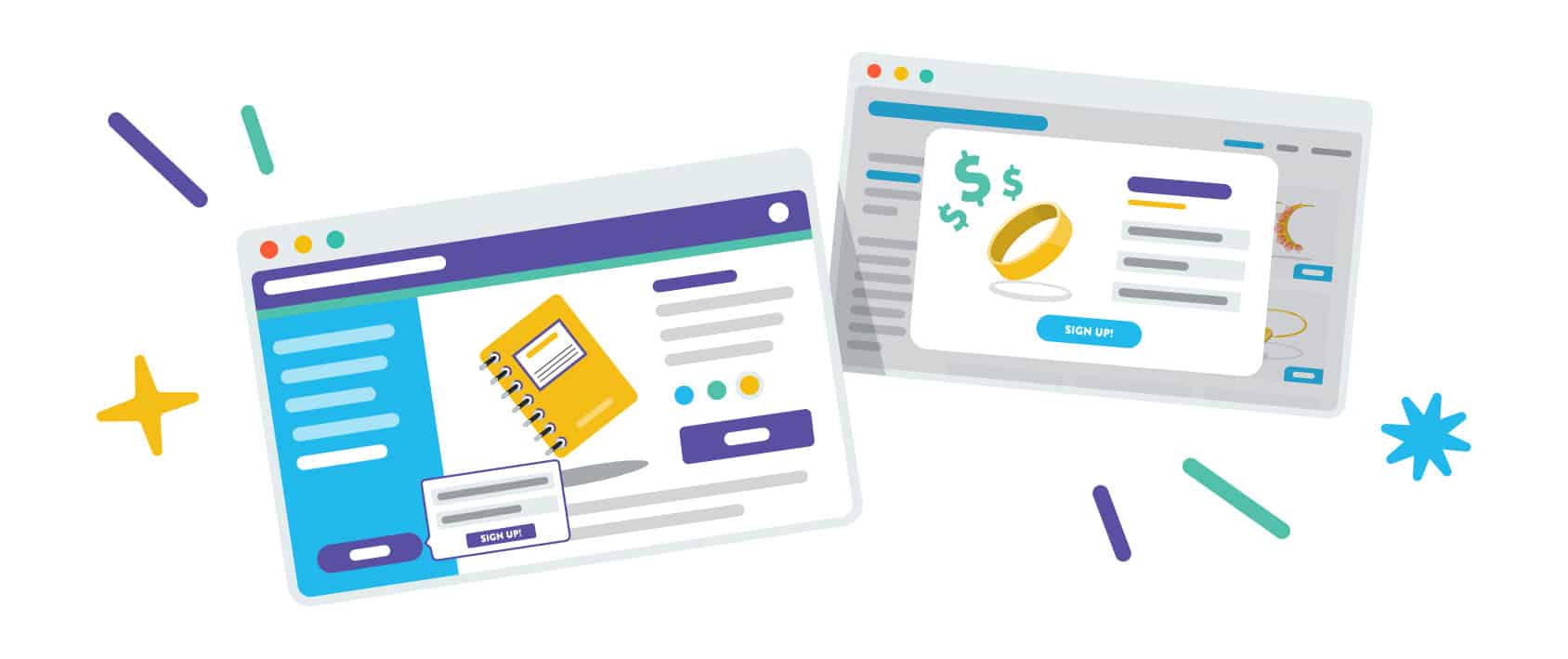
This section of your business plan includes basic information outlining the kinds of products you sell and the niche you serve. One quick look at this part of your business plan should give somebody an idea of what you do and who you do it for.
Niche
Step one, describe your niche. Your niche is the audience you serve with the products you create. Ideally, you want your niche to be broad enough so you have a significant market of people to sell to but also narrow enough that you have clearly defined buyer personas in mind.
Targeting too broad of a niche can mean that you won’t be able to hone-in on your audiences’ needs and wants easily, which can cause your product designs and/or marketing to lose focus, and having too narrow of a niche can leave you with too small of an audience to sell to. You want to find that sweet spot.
For example, choosing “women” as a niche is too broad. A better example of a clearly-defined niche is, “women who hike.”
Product(s)
In this part of your business plan, you should be able to summarise in one sentence what your product, or products, are. Keep it simple and keep it short—this is just the cliff notes version of what you sell so anyone reading your business plan gets an elevator pitch version of what you do.
Product Strengths & Weaknesses
In this section of your business plan, list the main strengths and weaknesses of your product so that anyone reading your business plan has an overview of the advantages and challenges that selling your products might face.
To get an idea of what your products’ strengths and weaknesses might be, use these methods:
- Use our Instant Product Evaluator Tool to rate your product on a scale of 0-100 so you have an idea of where your strengths and weaknesses may lie
- Conduct a SWOT analysis to get a comprehensive idea of what your business’ strengths and weaknesses are
No product is perfect, so expect to find some weaknesses. Some examples of product weaknesses could be the price (maybe you can’t out-price your competition because of the materials you use or the level of quality you want to maintain), or it could be the quality (maybe with the manufacturing options available to you, you can’t make your product with high-quality materials), or it could be that your product contains certain ingredients that make it difficult to ship to other countries, meaning you’ll have to meet different countries’ regulations in order to sell globally (this often applies to food or cosmetics products).
On the other hand, it’s also important to identify your product’s strengths because if it doesn’t have any, then it’s probably not worth selling!
Identifying these upfront gives you the opportunity to acknowledge the potential success of your product idea before you start investing time and resources into developing it. This can help you avoid pitfalls and unpleasant surprises in the future that you may not have otherwise considered.
Product Trajectory Forecast
Lastly in this section, identify whether you think your product is on a trending, fad, growing, or stable trajectory. These options will help you classify the longevity you see your business having.
Here’s the breakdown of what these options mean:
- Trending Trajectory: If your product is part of a trend, you’re expecting short-term longevity for your business. You expect interest in your product to be of-the-moment—quickly booming, maintaining some stability as it plateaus, and then ultimately the demand for your product will die down quickly. Products that are trending usually have longevity of 2-6 years, give or take. (Example: Fashion trends that last a few seasons and then become out-of-date)
- Fad Trajectory: If your product is a fad, you expect very short-term demand for your product and thus, very short-term longevity for your business overall. Trends usually last 1-2 years or less, and they burn out as quickly as they came in. (Example: Fidget spinners)
- Growing Trajectory: This type of product is on the rise, therefore, you expect business to grow steadily over time. Products that are in this category might not be super in-demand yet, however, their popularity is increasing and over several years they’ll likely hit a plateau and become stable. (Example: Drones)
- Stable Trajectory: This type of product is in demand now and demand for it has been steady for a while. When you start a business with a product that exists in this category, you can expect your business to have as much longevity as possible because demand is unlikely to change drastically. (Example: Phone cases)
Not sure what trajectory-level to label your product(s)? Type your keywords into Google Trends to get an overall idea of the demand for your products over time.
Your Business Model
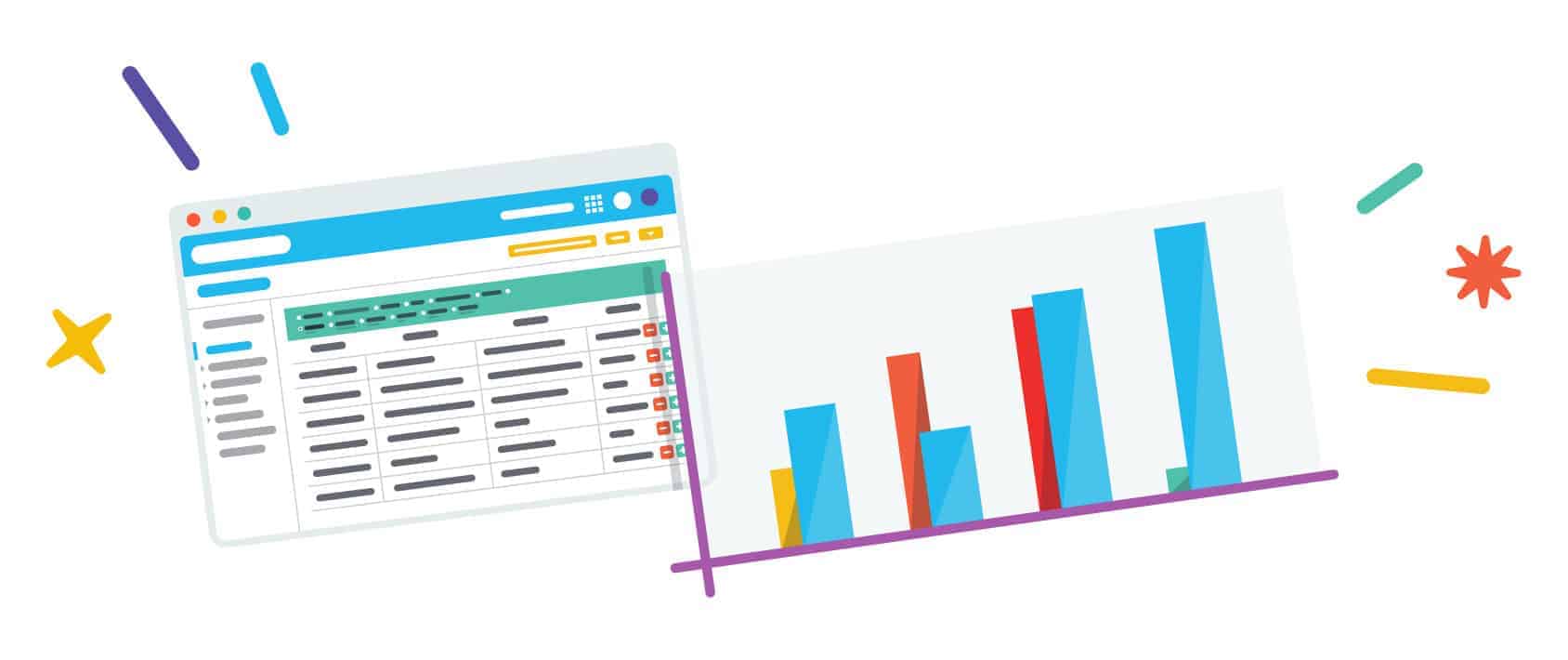
There are four main business models that are common amongst ecommerce businesses: Making, manufacturing, wholesale, or dropshipping.
Whether you choose to make, manufacture, wholesale or dropship plays a huge role in many different aspects of your business. Which model you choose will depend on your level of skill, the products you want to sell, the level of funds you have to work with, how much profit you intend to make, and how you want your business to grow.
When making your business plan, note down which business model you’re using so whoever is reading it has an idea of how you’re souring your products.
Your Product Acquisition Methods
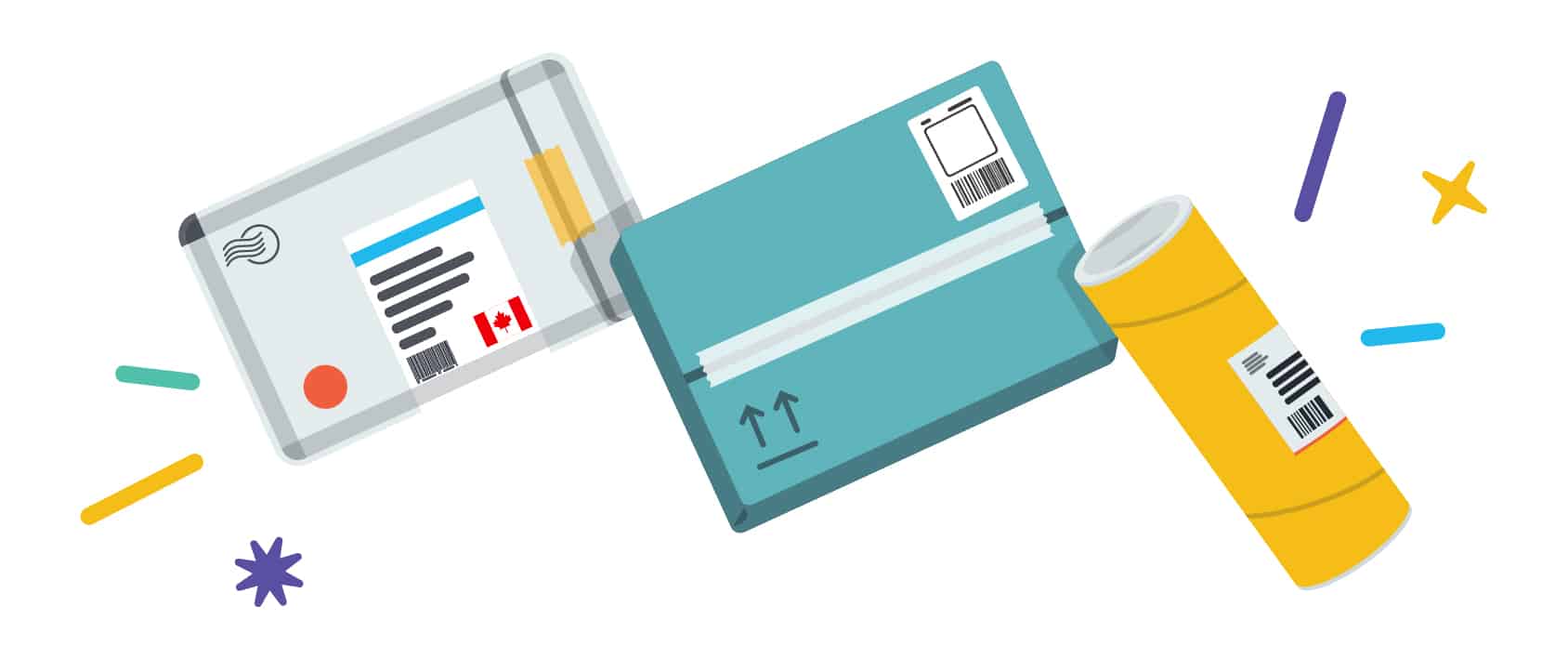
How you acquire your products is very important information to know about your business, so include all contact information for your main suppliers and backup suppliers.
This is important to have listed in one place in case you or your team need to get a hold of your suppliers, or in case your backup suppliers are needed, their contact information will be easily accessible.
Your Costs & Pricing
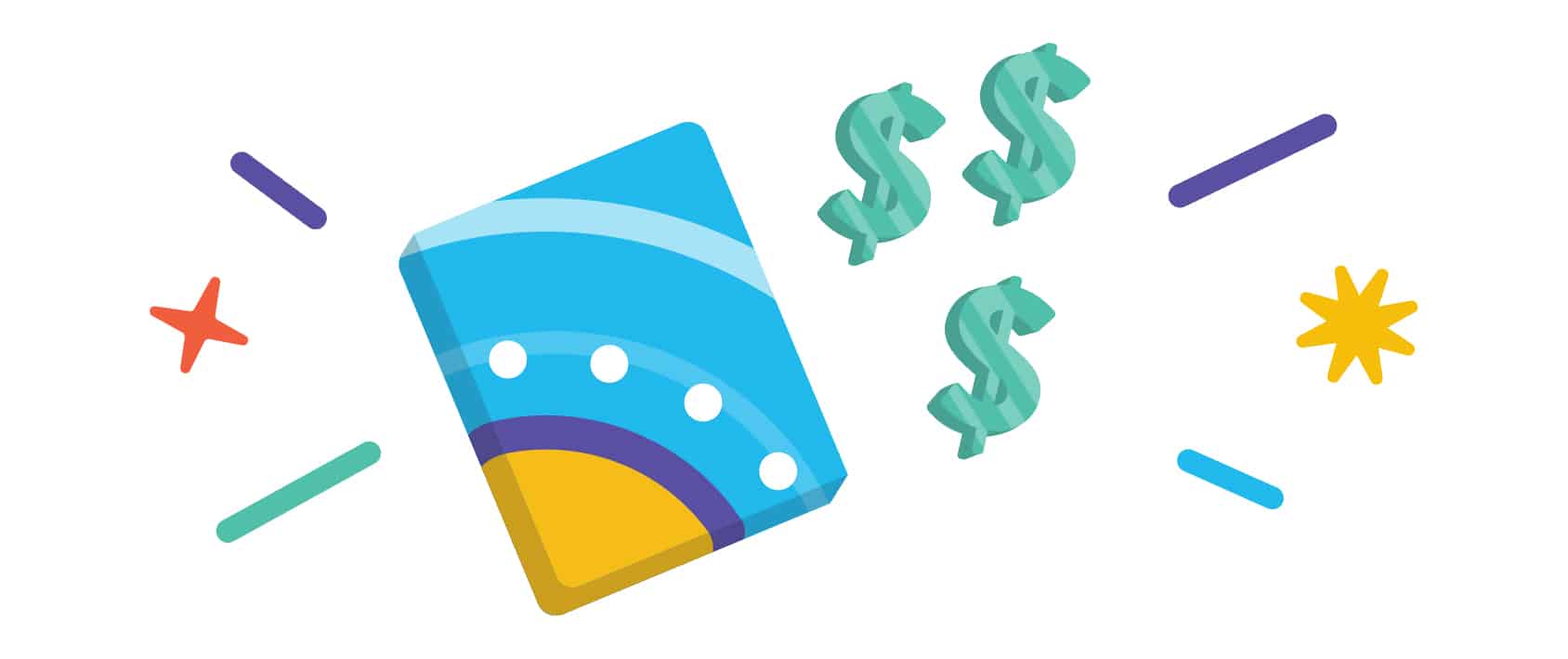
A business’ success depends on the health of its financials, so including them in your business plan is a good idea. Not only is it necessary information to know and have for your own reference, but it is necessary information that people looking at your business plan (like investors) will want to know.
You don’t have to give your full financial statements in your business plan—just giving a quick overview of the most essential details is all you need. The following sections are all things you should include.
Project Launch Budget
If you haven’t already launched your ecommerce business, include your launch budget as part of your business plan to give insight into how you’re planning to launch and what it will entail financially. This can give anyone who you’re working with, or who are investing in your business, an idea of what funds are needed upfront to get your business up and running.
Product Cost
For each product that you sell, note down how much it takes to manufacture that product. This is important information to know when determining margins, profits, budgets, and financial strategies in general, so put it in your business plan so you don’t forget it.
Product Price
In addition to the product cost, also include the product price. This section should indicate the price that you’re selling each product to your customers for. Knowing this information is key because again, it will also play a part in determining margins, profits, budgets, and financials.
Margins
Your profit margins are a main indicator of your business’ financials, so also include them in your business plan.
You can determine your profit margin percentages with this formula:
(Profit / Selling Price) x 100 = Margin %
And your profit margins in dollar amounts with this formula:
Product Price – Product Cost = Margin $
Again, not only is this important information for you to know, but potential investors would also want to know this information as well.
Expected Average Order Size
Your expected average order size will depend on what product you sell and how many products you expect a single customer to purchase at one time. You’ll have to guesstimate this number based on what makes sense for your business.
For example, if you’re an online clothing retailer that sells different types of tops, shirts, dresses, skirts, and jeans, it makes sense for your customers to purchase a couple of items at a time.
In time, you’ll learn exactly what this number is, but guesstimating and establishing a number prior to launch is a good way to begin understanding the potential of your businesses and setting targets.
Your expected average order size can be represented by both a number (1 item, 2 items) or it can be the value of those items (in your currency).
Expected Average Order Profit
Similar to the previous section, understanding your business’ average order profit is also important to help you understand your business’ numbers so you can make well-thought-out decisions.
Expected Average Order Profit = Expected Average Order Size – Cost of the Order
There are so many things that eat into the revenue of every product you sell—the cost of each order doesn’t just come down to the actual cost of the product itself. Other aspects of your business operations such as the shipping costs, product packaging costs, the cost of returns, advertising costs to get customers, and customer support costs all factor into the cost of the order which ultimately will impact your profits. So beyond just understanding average order values, you need to understand your average order profit as well.
Monthly Marketing Budget
Establishing a monthly marketing budget can help you make better decisions when it comes to your marketing—forcing you to think more critically about the return on investment (ROI) you receive as well as potentially forcing you to try new marketing methods, campaigns, and channels.
List it in your business plan so you and your team have an understanding of what your marketing goals are going forward and how you plan to carry out those goals financially.
Your Competitive Analysis

Performing a competitive analysis is a very important part of your business plan and can bring to light some of the strengths and weaknesses of your brand or product you may not have otherwise discovered that you had.
In your business plan, list out your top three competitors that match you somewhat in size and sell similar products to the same market as you. Take time to learn about their companies and determine what their strengths and weaknesses are. These can be found by perusing their website, reading customer reviews, observing customer engagement on their social platforms, reading about their brand story, going through their blog posts, reading through their policies, and even ordering from them to understand the experience from a customer’s lens.
You can create an entire document focused on competitor analysis (which we recommend doing) but in your business plan, it doesn’t have to be quite so detailed. Do your research but then note your findings in your business plan in an easily digestible way so whenever you refer to it, you can quickly see what it is your competitors excel at and where their Achilles’ heels are. You want it to be easy to understand so you don’t have to sift through tons of paperwork anytime you need a refresher.
Your Customer Personas
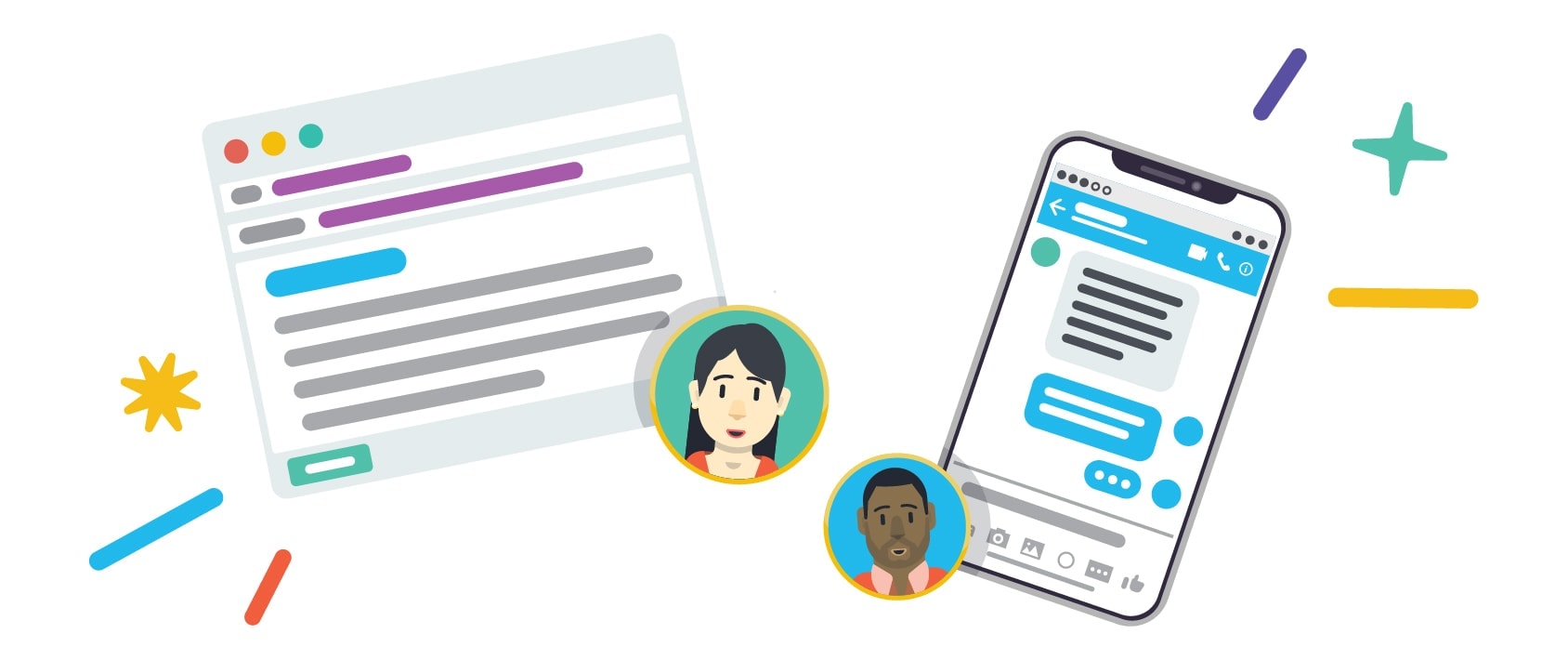
Every brand has its core customers. When businesses strategize, they often create customer personas (also known as buyer personas) to illustrate who their core customers are so they can clearly think about business decisions from these core customers’ perspectives. In your business plan, list out your customer personas and some of the main descriptive information for each one so you can easily refer back to them.
When you’re developing your customer personas it’s important to put a name to them and an image and to write down information such as their age, gender, where they live, what they do, how much money they make, their interests, their educational background, etc. You want to be as specific as possible so you can get a very clear image in your mind of who this person is.
Each person you develop should be slightly different, but still relevant to your brand. Just like people in real life, everyone’s unique, but people of varied interests can still share similar interests. Not all of your future customers will be identical to one another, but they’ll all have similar interests and thus, be similarly interested in your brand.
In the future, anytime you make a decision for your business, you should run your ideas through the filter of your customer personas. Ask yourself what your customer personas would think of this idea—would they be excited to purchase it, would it be relevant to them, would it alienate them, would they tell their friends about it? If your ideas aren’t in line with your core customers then they aren’t worthwhile to pursue.
Your Branding Assets
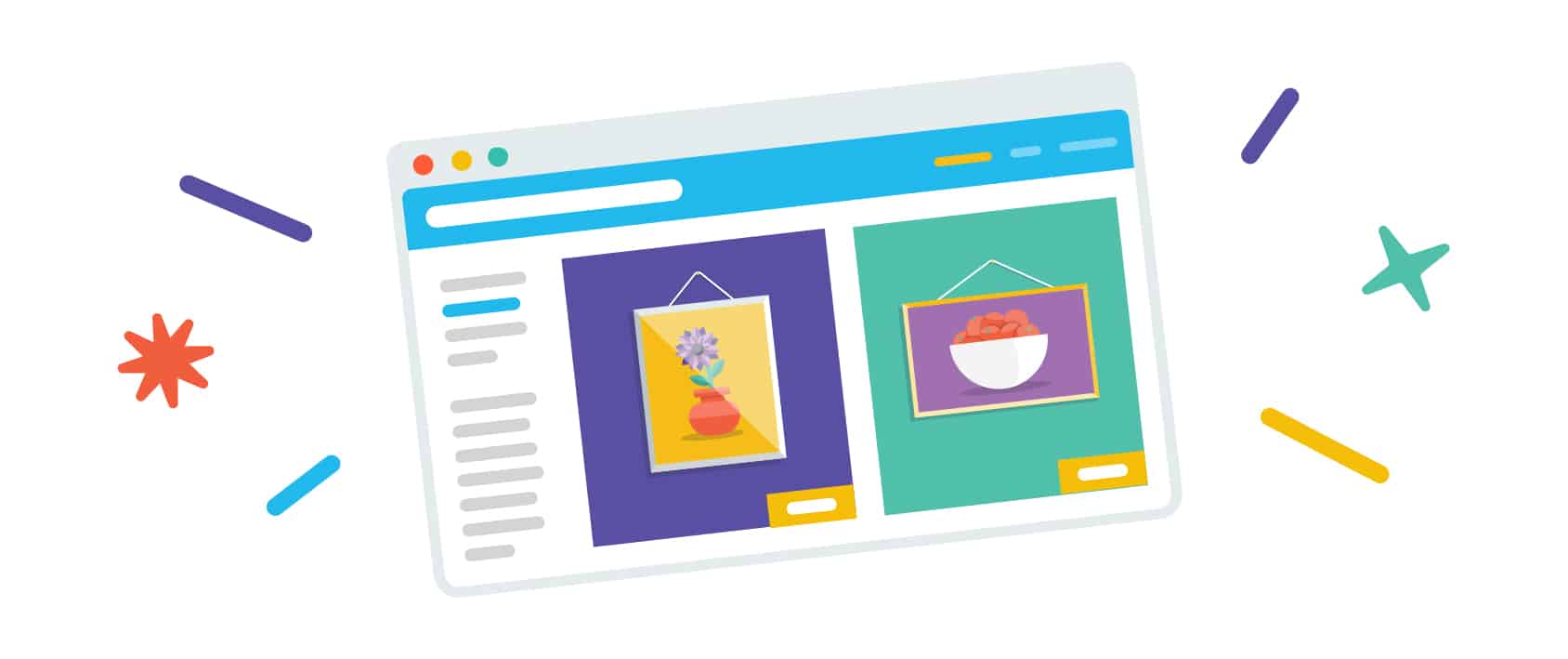
Your branding is a major pillar of your overall business and often, there are little pertinent details about your brand that can be tedious to remember. Instead of having them filed away in ambiguous corners of your computer, written down on loose sheets of paper, or worse, forgotten altogether, put them in your business plan.
This is helpful for your own reference but it’s also valuable information that anyone who takes over your business (should that happen) will need to know.
So, what should you include?
Your Brand Pillars
Brand pillars are simple, straightforward, and concrete adjectives representing your brand that will help you guide the decisions you make for your business so you always stay true to your core fundamentals.
Your brand pillars will be used when building your website, talking to customers, selecting imagery, writing copy, creating policies, and posting on social media. They’re the essence of your brand that you want to be consistent throughout every aspect of your business.
Your brand pillars should be around four descriptive words that you can choose either individually or with your team. The purpose is to find the four words that truly define what your brand is and what you want it to represent to others.
Brand Colors (HEX Codes)
Every successful, identifiable brand has a color palette. For some brands, the colors they use are so identifiable people can recognize a brand just by its exact shade. Check out BrandColors to get an idea of the brand colors that companies are using and get a sense of their color palettes.
When creating your business plan, list your brand colors so you can easily identify what they are. The easiest way to do this is to identify the HEX codes for each color. HEX codes are six-digit numbers used by computing applications to represent specific colors so if ever you need to find a color or adjust a color in an application like Photoshop or Canva, you can just use the HEX code to get the exact color that you’re looking for.
Noting down your HEX codes will make sure you know exactly what each of your brand colors are without having to guess every time you go to create a piece of branding.
Most brands have about 3-5 brand colors, so we recommend sticking with that. If you need help determining your brand’s color palette, check out these resources:
Brand Fonts
Another essential part of your business’ branding are your typefaces and fonts. Most brands have around 2-4 fonts that are a part of their branding and these fonts will be used on their website, social media platforms, marketing materials, and even on product packaging.
A brand’s font can be as recognizable as its name and color palette, so it’s important to know what your fonts are called!
Make sure to list all of the fonts that you’re using in your business plan so you don’t forget them and so anyone who may take over your business in the future knows which fonts have been used in the past.
Photography Style
In addition to having product photos on your website—which are usually simple images of your products against a plain white background—you should also have some lifestyle photos and images of your products in action.
Unlike product photos, which should simply be a photo of the product against a neutral background, lifestyle shots should be of your product in its natural habitat, so your customers can envision it being a part of their own life.
For the sake of consistency throughout your entire website, your lifestyle shots should have their own style. This style should reflect your brand and be determined against your four brand pillars and should evoke the feelings you want your customers to connect with.
Your photography style can be bright, it can be mysterious, it can be rugged, or loud—whatever you think will represent your brand and engage with your customers most. The most important thing is to find a specific style so that the lifestyle photos you take or acquire from stock photo services are consistent across your entire website.
In your business plan, try to pin down your photography style and describe it. If necessary, include some example shots of quintessential photography representing your brand. This can help you keep your images consistent and can even help you describe what you’re looking for if you hire photographers to take your shots for you.
Your Unique Value Proposition

Your brand’s unique value proposition (UVP—also sometimes known as a unique selling proposition) is what you’re pledging to deliver to your customers—in other words, what your customers can hope to achieve or experience as a result of purchasing your products.
Most unique value propositions can be summed up into one sentence, and usually, they’re displayed on the homepage of a brand’s website, above the fold.
Your UVP doesn’t have to promise anything groundbreaking, and it’s usually something as simple as offering a lower price, or a better quality product, or a more reliable service, or a greater selection, or a heightened brand perception.
So whatever yours is, distill it into a 15-word maximum sentence and write it down in your business plan. It’s going to be a leading guidepost for your brand so you need to remember what it is!
But beyond just including it in your business plan, make sure you’re living it, too. Your UVP needs to be something that you’re actively focusing on and delivering to your audience, not just a motto you put on your website because it sounds good.
Your Consumer Channels
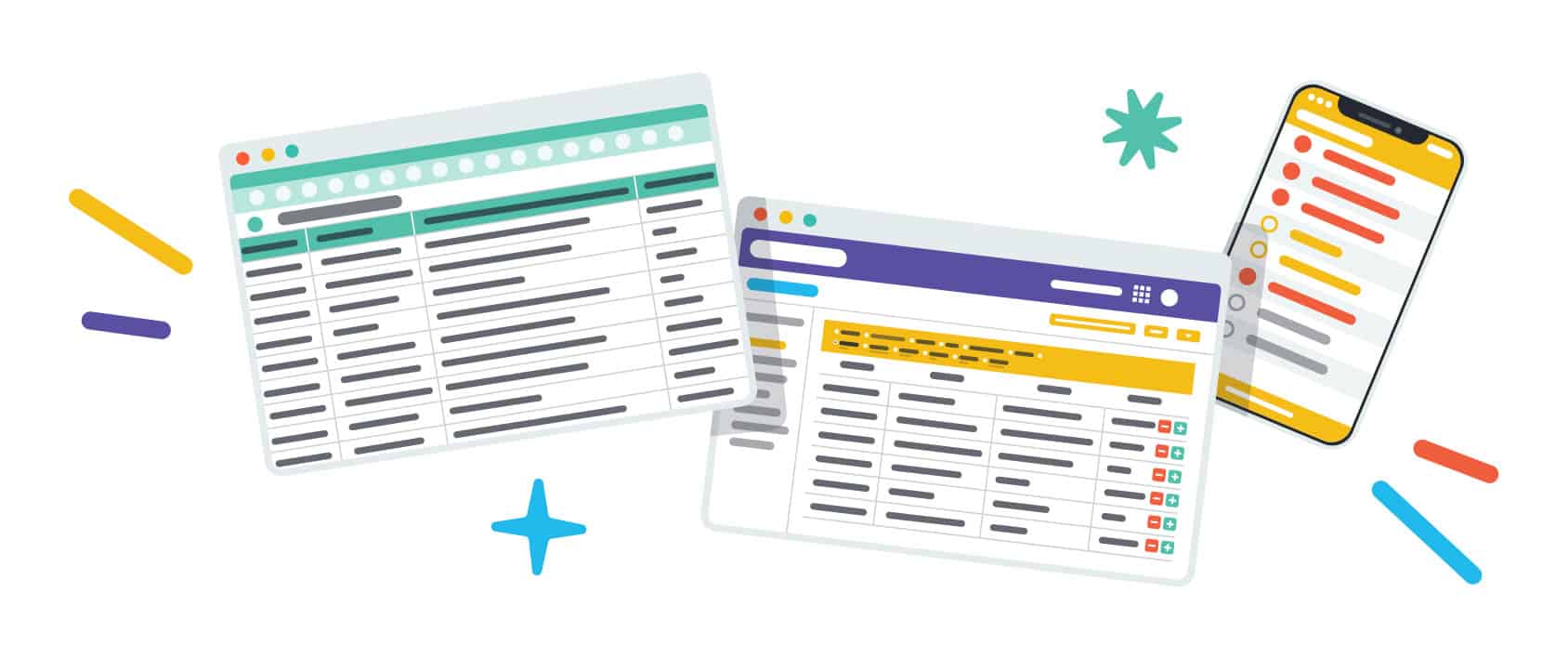
This section is where you’ll predict your total expected sales from both consumers and businesses in one year. Essentially, in this part of your business plan, write down where you expect to make most of your sales from.
Here are your options:
- B2B (Business-to-Business): This refers to businesses that sell their products to other businesses (like wholesalers, manufacturers, and suppliers).
- B2C (Business-to-Consumer): This refers to businesses that sell their products directly to consumers. This can also include direct-to-consumer (DTC).
- B2G (Business-to-Government): This refers to businesses that sell their products to governments, or government entities.
If your business is only selling products to consumers, you can predict that 100% of your sales in one year will come from B2C.
If you make your own products and only sell them to other businesses to resell on their websites, you can predict that 100% of your sales will come from B2B.
If you sell a quarter of your products directly to consumers, and three-quarters of your products to resell on other business’ websites, then you can predict that 25% of your sales will be B2C and 75% of your sales will be B2B.
Make your predictions based on your own business’ unique situation. Thoughtfully considering these options early-on can help you make better decisions for your marketing channels, budget, and the overall direction of your brand.
Your Store Build Information
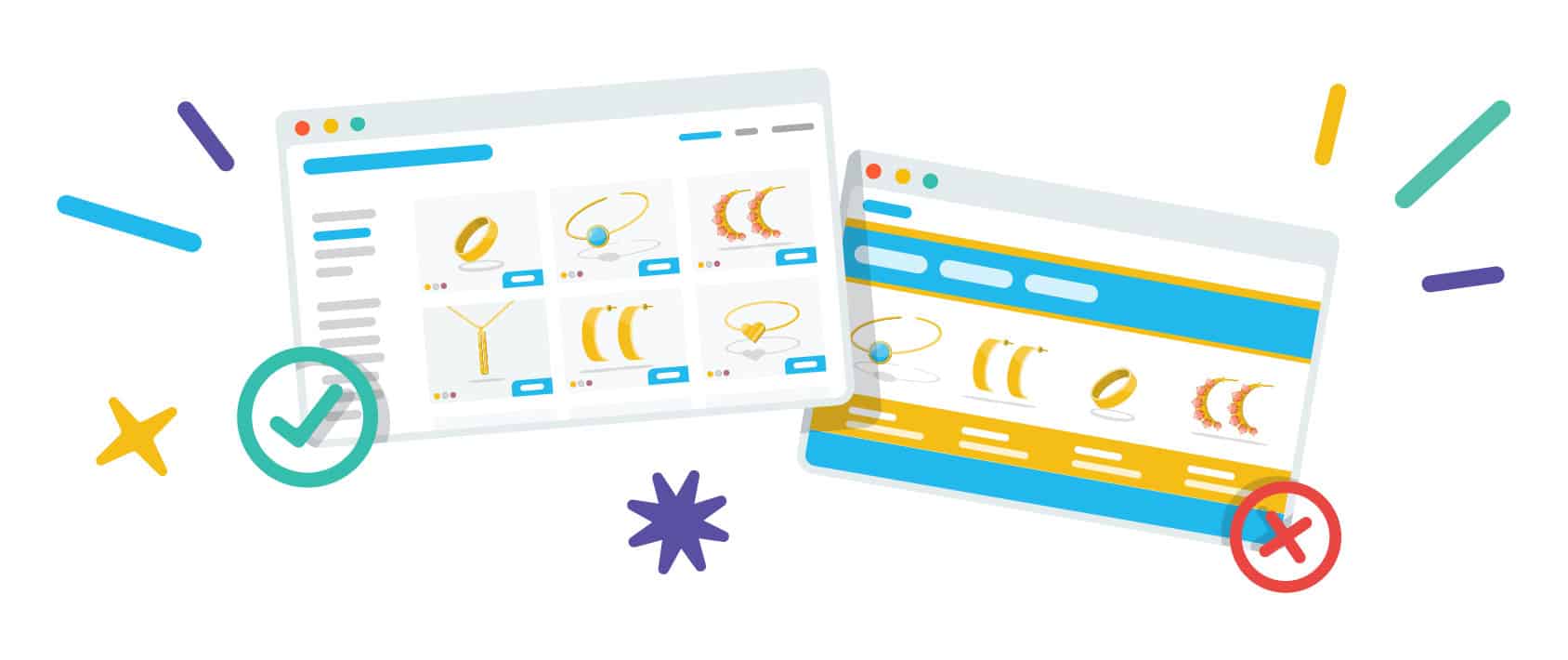
In this section of your business plan, break down the nitty-gritty details of your online store’s digital infrastructure as well as the cost of maintaining it so you have a record of some of your business’ main operational costs.
Just as brick-and-mortar businesses have operational costs like water, heating, and electricity, online businesses have operational costs like their ecommerce platform subscription, theme costs, and apps.
First off, list your ecommerce platform of choice and how much it costs you per month or per year to subscribe to.
Your ecommerce platform is the host that’s going to be supporting your business so it’s no small decision to make when considering which one to select. There are many different ones to choose from—some are more mainstream and some are more niche, but ultimately the best one for your business depends on your own individual needs.
We highly recommend Shopify because it’s intuitive, customizable, secure, supported, reasonably priced, and the best option for most types of stores—but there are many other options.
Next up, list any essential apps that you use to run your online business, including their monthly or yearly costs. This could include security apps like Rewind (Rewind Review) or Sucuri (Sucuri Review), the Spocket app if you’re using it to source your dropshipping products (Spocket Review), or even marketing apps like ProveSource (ProveSource Review). Whatever is essential to your business’ operations—include it in your business plan!
And finally, also list which theme you’re using for your store, where you purchased it from, and how much it cost. This is important information to know not only for your business’ records but in case you need to look up your theme’s development documents to troubleshoot any problems in the future.
Your Marketing Strategies
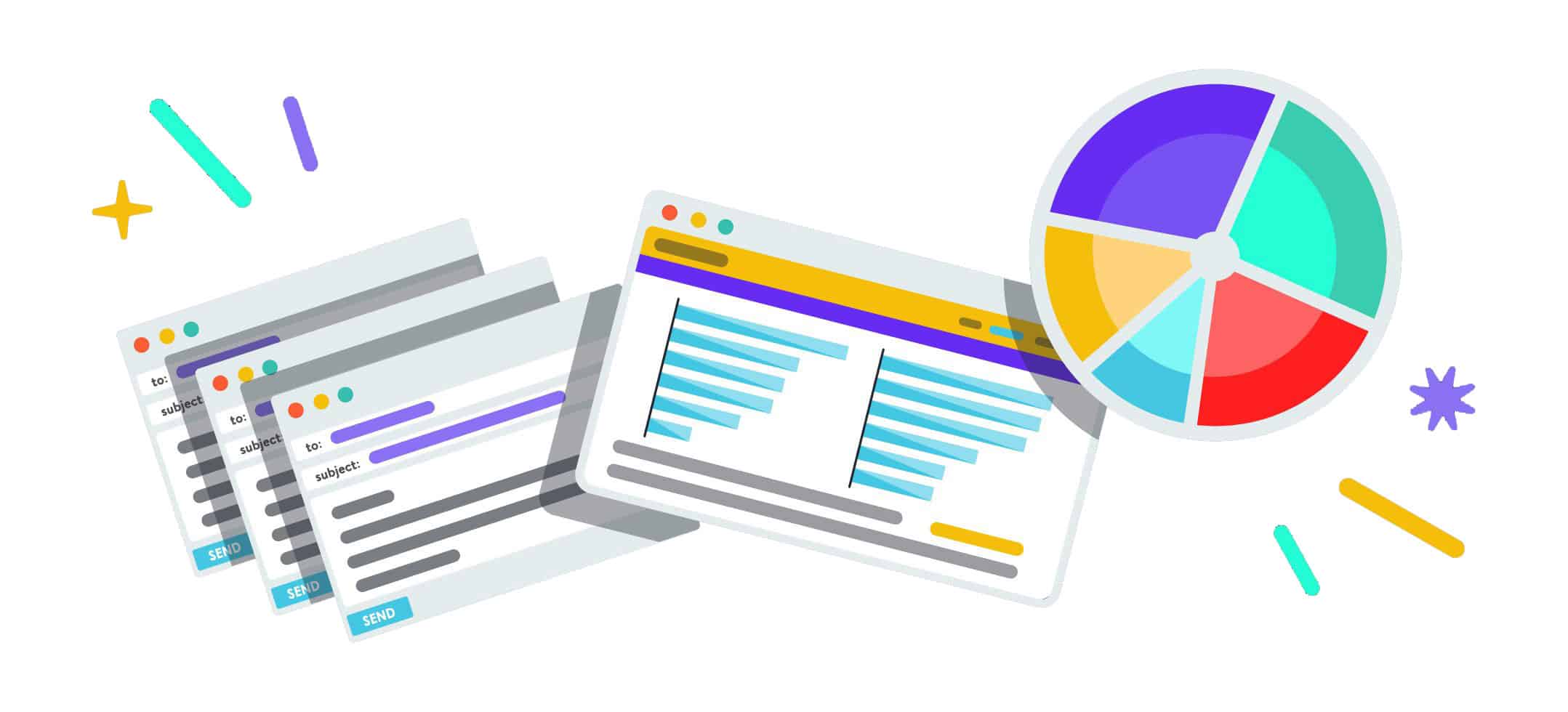
Now, your marketing is always going to grow and change, and it’s one of those things that you’ll be tweaking more than most of the other things on your business plan, so we recommend starting by setting three-month marketing goals in your business plan so you create a direction to work towards that keeps you accountable.
Here are some things you can list in this section of your business plan:
- Your 3-Month Marketing Goal: Where do you want your business to be in three months? Ask yourself realistically how much profit you’d like to make in the next three months and write it down. Also ask yourself what non-financial business goals you want to achieve like the number of subscribers on your email list, the number of followers on your social channels, or even the number of product reviews your customers post. Make sure it’s something you have to work hard towards, but that it’s still attainable.
- The Number of Orders Needed to Reach Your Goal: In order to make your goal amount of profit in three months, how many orders will you need to make? This is where your Average Order Profit number is important because it’s what you’ll use to help you make this projection.
- The Unique Visitors Required to Reach Your Goal Based on a 1% Conversion Rate: If 1% of your unique visitors make an average purchase, how many unique visitors will it take to reach your three-month goal?
- Your Marketing Channels/Focus: Choose up to three main ways you plan to market your business. What methods are you going to focus on to get traffic to your store? You can focus on marketing through your own social media platforms, through your own blog, through guest blogging, by sponsoring social media influencers, through Facebook Ads, Instagram Ads, Pinterest Ads, contests, giveaways, etc. The options are endless.
If you need help developing a marketing action plan, especially for the first few months of your business, check out our 52 Week Marketing Plan which has a bunch of strategies and tactics you can use to market your new online store. It will help you try out new marketing methods so you can discover what actually works for your brand!
Conclusion
Keep in mind that your business plan should be a dynamic document, not a static one, meaning: Keep updating it, refining it, and tweaking it. It should be a representation of where your business currently is and a guidepost for where your business is going in the future. Your business is going to be constantly evolving which means your business plan should, too.
Remember, our One Page Ecommerce Business Plan is tailor-made to benefit online businesses in particular, so if you’re looking for a business plan template for your online business, it’s worth checking out.



